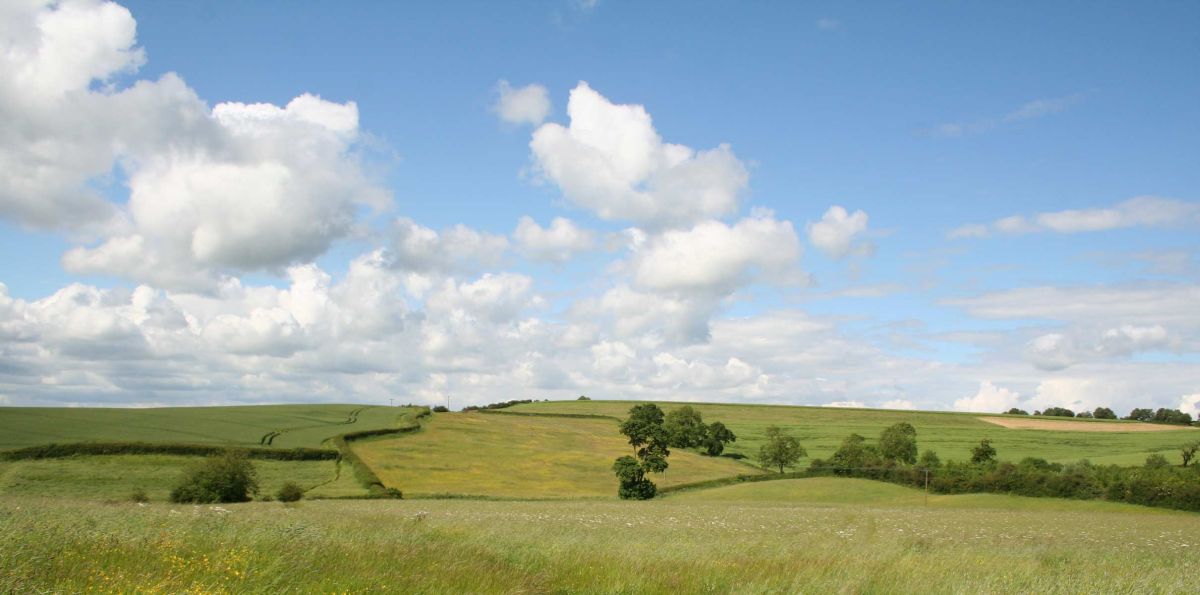
As agricultural land values continue to cool, owners seeking the best return on their property investment are advised to diversify to achieve the greatest performance.
This is according to the latest research from Carter Jonas, the UK property consultancy.
Carter Jonas’ Model Estate report highlights the annual performance of a notional agricultural estate, against seven other asset classes, including the residential sector, the commercial sector, classic cars, fine wine, equities, antiques, and gold.
The Model Estate was valued at £38.5 million as of January 2016, a 4.7% increase from January 2015.
In this year’s report, the estate’s rank slipped to fourth place of the eight asset classes.
Set within the geographical triangle of the M4, M40, and M5 motorways the Estate totals 3,168 acres, comprising of a Grade II-listed manor house, farmhouse, six let farms with I,549 acres of arable; in-hand farms with 1,073 acres of arable; three further farmhouses, four cottages, 14 commercial properties, and “other” components which include a telecoms mast, syndicate shoot, and fishing rights.
The let farms element of the Model Estate produced a total return of just 4.2% in 2015 in comparison with 24.3% in the previous year.
Growth in 2015 was driven by capital growth, which slowed over the course of the year, in line with the overall land market.
In contrast, 2014 growth was partly due to a conversion of an AHA (Agriculture Holdings Act) tenancy to a FBT (Farm Business Tenancy).
Market rents plateau due to falling commodity prices
Tim Jones, head of the rural division at Carter Jonas said: "Net incomes, profitability, and the serviceability of debt continue to be squeezed, and farmers are increasingly cautious about paying premium rental prices.
"Whilst demand remains for tenanted large blocks of land, we have seen market rents plateau over the last 12 months, in part due to falling commodity prices.
"These combined factors have caused the decrease in 2015 total returns for the let farms element of the Estate, when compared with the previous year."
The “other” component class of the Estate achieved the best results in 2015, producing a total return of 72.5%.
The increase in the value of sporting rights, from £45,000 in 2014 to £130,240 in 2015, is as a result of the decision to lease the reserved sporting rights on the let farms, whilst also reviewing the sporting rights on the in-hand land.
Mr Jones continued: "This year’s report highlights, once again, the need for strategic asset management, particularly of multi-use estates.
"The “other” element of the Estate does not often gain attention, however the decisions to lease sporting rights and the subsequent increase in the value of these rights is a great, and necessary, achievement.
"Particularly as other components, such as the commercial element, recorded a 0.0% return, as values and rental levels remained flat."
The Model Estate’s residential portfolio recorded a 20.7% increase in value in 2015 (up from 19.7% in 2014), and was the primary driver of the Estate’s total return.
This increase can in part be attributed to the decision, last year, to convert a commercial property to a residential dwelling under permitted development rights.
Land's 'counter-cyclical nature'
Of the eight asset classes the Model Estate is analysed against, classic cars, once again produced the highest one year total return in 2015, of 16.6%.
Despite regaining the pole position, this was notably lower than the 2014 level of 31.2%.
This was followed by the UK’s residential sector which produced a total return of 9.5%, driven by homes in the lower priced affordable outer London boroughs.
The UK’s commercial sector ranked third, recording a 7.2% return. This was driven from continuing capital growth in London propelled by rental value growth as yields have reached an all-time low.
Catherine Penman, head of rural research at Carter Jonas, concluded: "One of the key attributes of agricultural land is its counter-cyclical nature.
"And whilst it is easy to focus upon the short-term performance of any asset class the Model Estate’s three year annualised return produced an impressive 8.1% per annum.
"This rose to 9.5% when the manor house was excluded and 10.4% when the commercial element was removed. This placed the Model Estate in second position, to classic cars.
"Since its inception in 2010, the Model Estate - excluding the commercial element - has maintained a strong position in comparison with the alternative asset classes, ranking third of eight within both the 5 and 7 year annualised rankings."
